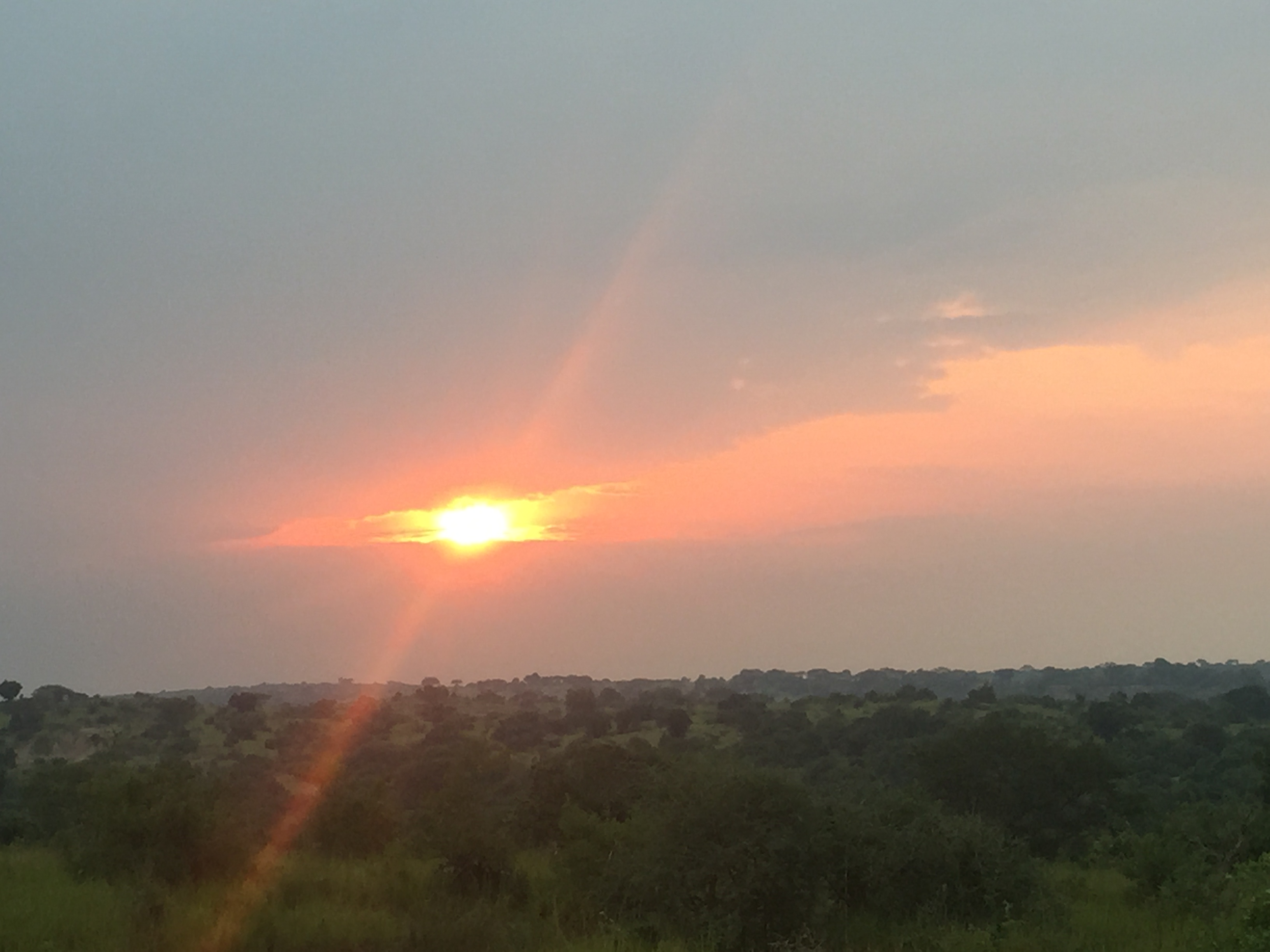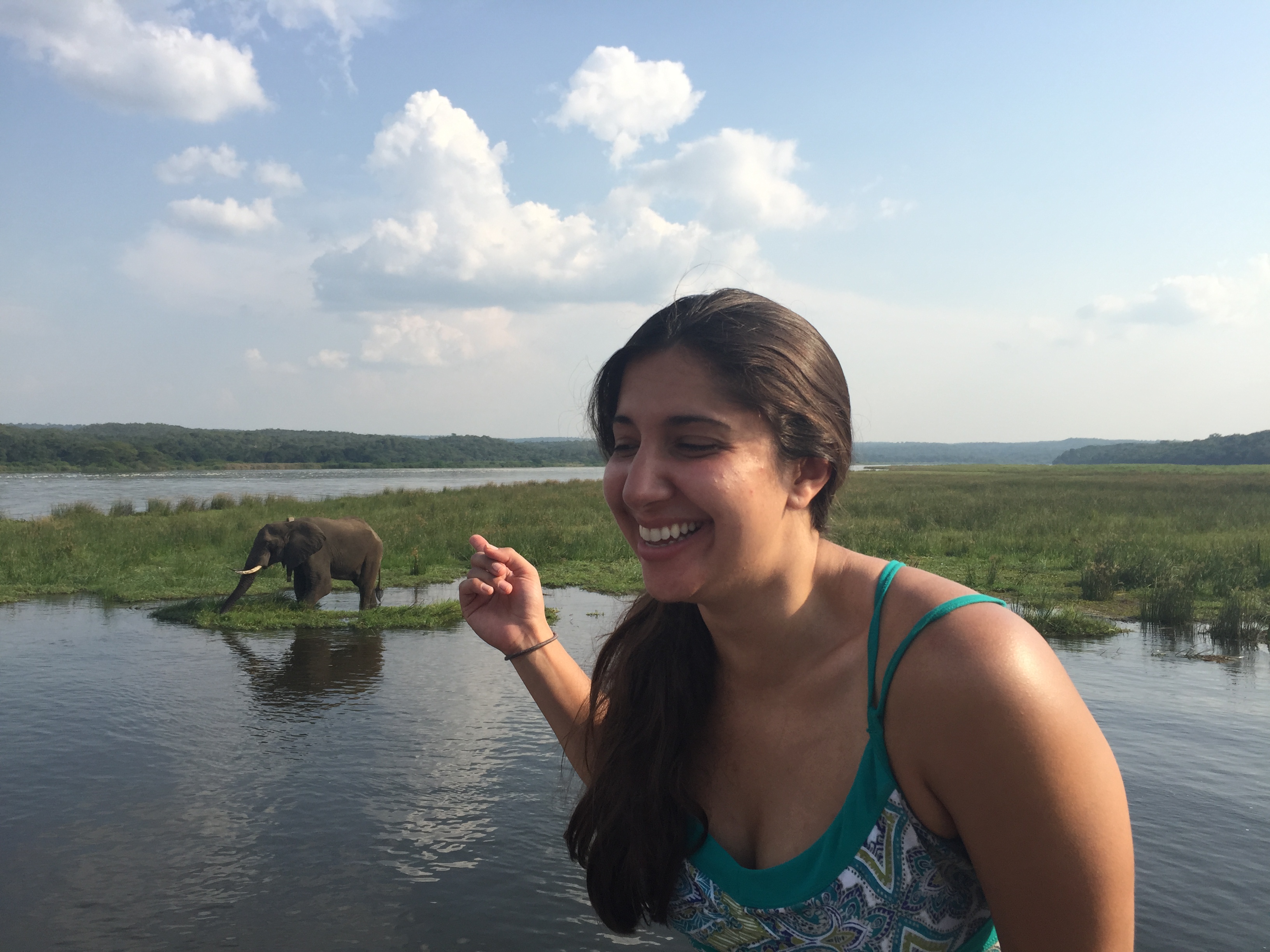Week Five: M&E Training and a Safari
What a week! I am now done with the fifth week of my internship, which means that I am half-way done with my summer here! Crazy how quickly time is flying. And, this was a fascinating week, both at work and outside of work. At work this week, I attended a training on Monitoring and Evaluation (M&E) along with most of my colleagues. The purpose of the training was essentially to teach us all how to measure how effective SAFE’s work has been on the ground. SAFE has led hundreds of trainings here and taught many sub-grantees about land rights, political participation, and mediation, among other topics. For a while, simply recording the number of people trained was enough report on the impact of SAFE’s work to USAID and other agencies. Things are changing, however, and now the staff is being tasked with a much deeper question: beyond how many people SAFE has trained, how has the training impacted their lives? Are the people here better off because of it? It is an important question to explore, but of course it’s a complicated one too, and the the answers cannot be easily quantified.
The training walked us through how to communicate an outcome of SAFE’s activities, SAFE’s contribution to that outcome, and the significance of that outcome, based on the available evidence. We paired off into small groups to brainstorm how to communicate an outcome that plausibly happened because of one of SAFE’s activities. One of the members in my group suggested that we write about the aftermath of one of the trainings that SAFE did in a rural part of Northern Uganda about land rights and political participation. It was one of the first trainings of its kind in the area, and about a month afterward, my colleague noted, the people of that district came together and petitioned their leaders to address the illegal land-grabbing that had been happening far too often. I thought that this was a good start to articulating an outcome that was plausibly linked to one of SAFE’s activities. Wanting to dig deeper, I asked her why she thought that the petition was significant. She noted that the petition was one of the first examples of the community in that area being politically active; prior to the training, they had been more passive about asserting their rights. I agreed that that was pretty significant, but still wanted to dig deeper, so I asked her if she knew what had come of the petition. She said yes, in fact, after the petition, the leaders threw out the illegal land titles, and many victims of land-grabbing got their land back.
I was pleasantly surprised that the petition had such a huge impact (people getting their land back is a big deal!), but I was also puzzled that it had taken so long for me unearth this information. Why hadn’t my colleague led with such an important impact? It reminded me of when I used to work as a paralegal in New York, and it often took a lot of digging to get my client to tell me a key fact that could swing the outcome of their case. Many of my colleagues in my small group resisted writing down the fact that many people had gotten their land back in the aftermath of the petition, reasoning that it was a separate outcome from the petition itself. They had a point; it is not possible to prove a direct, causal link between SAFE’s training, the petition, and the return of the land. There surely were other factors that also contributed to this favorable outcome. However, I definitely thought that it was important to at least write down this outcome, and demonstrate the chain of events that are plausibly linked to SAFE’s work. Eventually, I persuaded my colleagues to record the information about the government throwing out the illegal land titles, and the leader of the M&E training agreed that this was the right thing to do. She emphasized that, while this was a secondary outcome, it is still extremely important to always be on the lookout for those secondary outcomes and record them, especially when talking about such an important impact.
This is just one example of what I experienced at the M&E training, and I am very thankful that I got to attend it. It not only taught me a valuable skill set, it also impressed the importance of effective communication skills on me. The impact of SAFE’s work and the stories of the community members here are already powerful, but because they used to only be expected to report numbers of trainees, they need help communicating with those who have the authority to continue funding these important projects. Perhaps one of my small contributions here can be to help bridge this communication gap.
Outside of work, I also took advantage of a long weekend to travel to Murchison Falls National Park, home of the most powerful waterfall in the world. I hiked around the waterfalls, took a boat ride down the Nile, and went on a safari in the park, where I was able to see baboons, hyenas, hippos, crocodiles, elephants, and even lions in their natural environment. I was in awe of the stunning beauty of this park, and am so thankful that I had the opportunity to visit.

Of course the picture does not really capture it, but the sunrise over the park was spectacular.

And here’s a funny picture of me just hanging out with an elephant as he ate happily on the banks of the Nile.